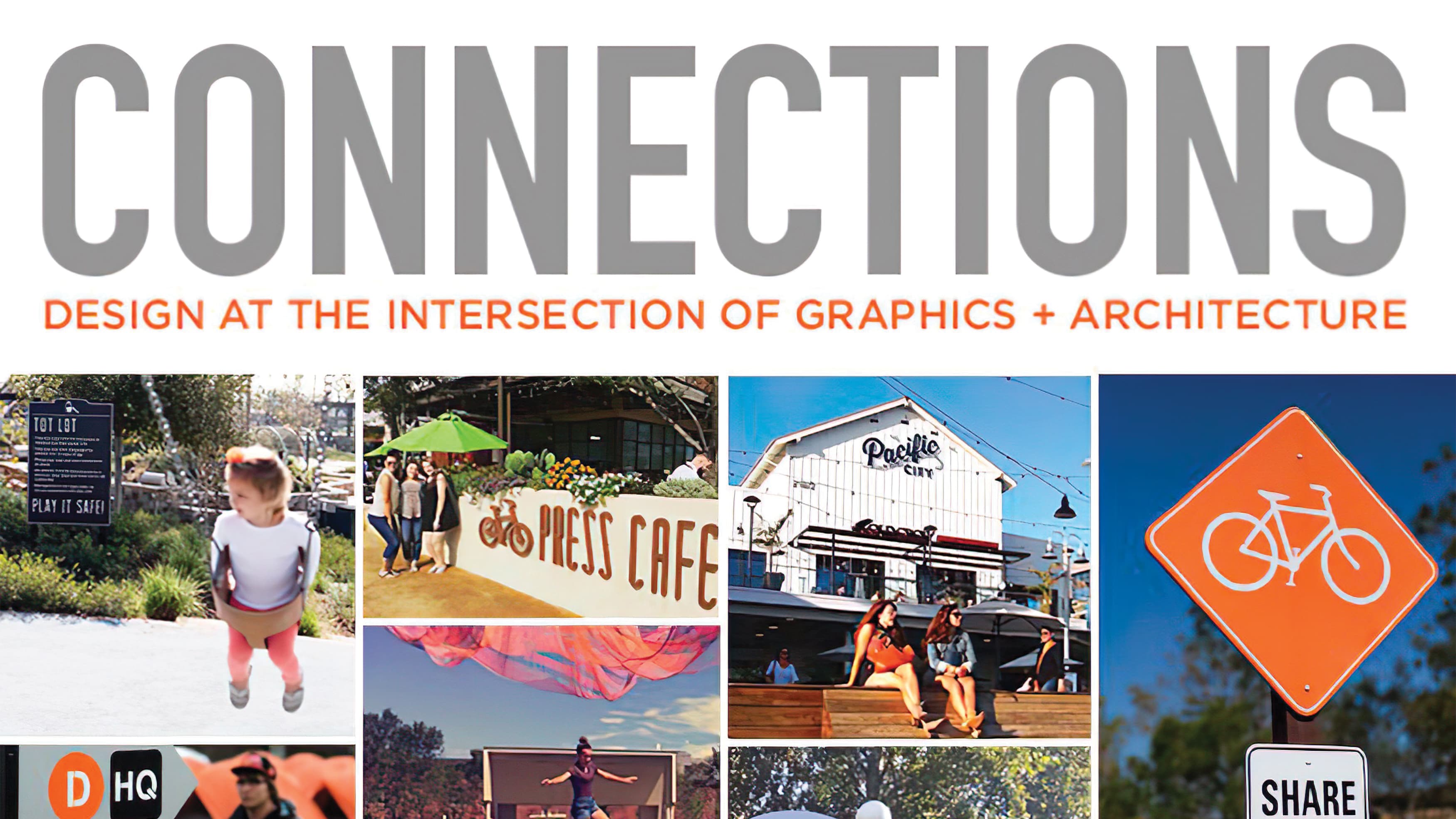October 17, 2016
People Powered Places

October 17, 2016

Historically, communities were built around village-centric districts that were accessible by foot, horse, or carriage. The sidewalk was essentially an extension of the shopkeeper’s business and neighborhoods were built on daily interaction with commerce and community. As the automobile flourished and cities began booming through arterials and freeways, the common sidewalk became more of a safety buffer between fast moving lanes and front doors. Recreational amenities have also been impacted by the evolution of cities. Parks were located in city centers as common amenities that gave people a reprieve and place to rest, recharge, and re-connect. Spines of streets, freeways and arterials have segmented the trails and path access in order to accommodate development.
Flash-forward to today and the built environment is responding to the interest and value being placed on wellness and mobility. Real estate developers are investing in infrastructure that supports active lifestyles. Residential, retail and hospitality are seeing the benefits of having a well conceived and accessible development with multiple amenities. Environments we love are the ones that create a place that begs to be explored. Whether it’s the tree lined streets creating a pleasant walk, or an easy-to-navigate bike path connecting home and some place cooler than home; mobility is a highly valued amenity in new development.
Gaps in the built environment have historically been the result of accommodating the car. Today the creative team at RSM Design is responding to client demands that are looking to put people back onto the streetscape by creating environments that support safe and easy to navigate paths. The team is working with clients to create wayfinding systems that support this new demand to discover and connect to places by bike, foot, or transit. There’s no question that an overall sense of wellness is being placed as a high priority on individuals seeking places to live and work.
“Across 48 communities studied nationwide, residents in the five highest-ranked active living communities have, on average, significantly lower obesity, diabetes, high blood pressure, high cholesterol and rates of depression than do residents of communities with comparatively little active living infrastructure,” according to a Gallup study conducted in 2016.
It’s no surprise that many of these places have strong housing options and an array of recreational amenities surrounding healthy job markets. We anticipate that many new and existing developments will be retrofitting and investing in design that supports a clear and fast growing trend to activate places, and supporting people powered environments.